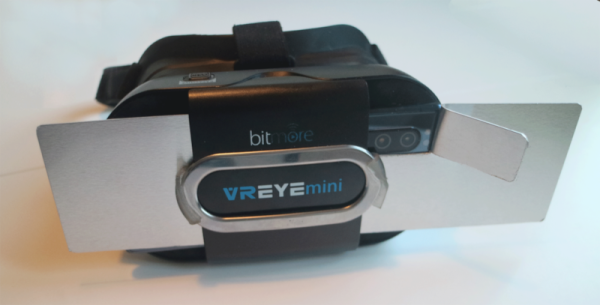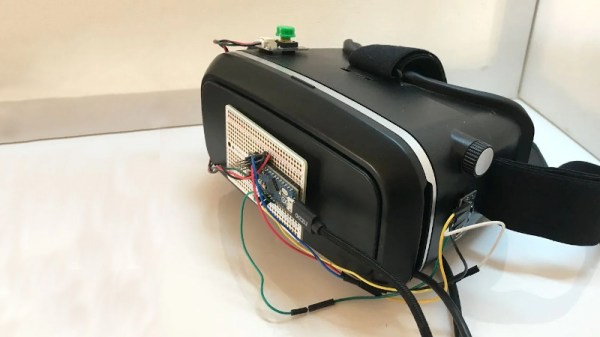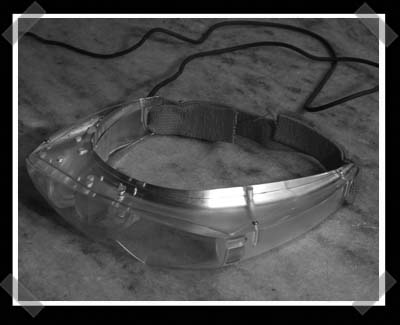According to Standford and NVidia researchers, VR adoption is slowed by the bulky headsets required. They want to offer a slim solution. A SIGGRAPH paper earlier this year lays out their plan or you can watch the video below. There’s also a second video, also below, covers some technical questions and answers.
The traditional headset has a display right in front of your eyes. Special lenses can make them skinnier, but this new method provides displays that can be a few millimeters thick. The technology seems pretty intense and appears to create a hologram at different apparent places using a laser, a geometric phase lens, and a pupil-replicating waveguide.















